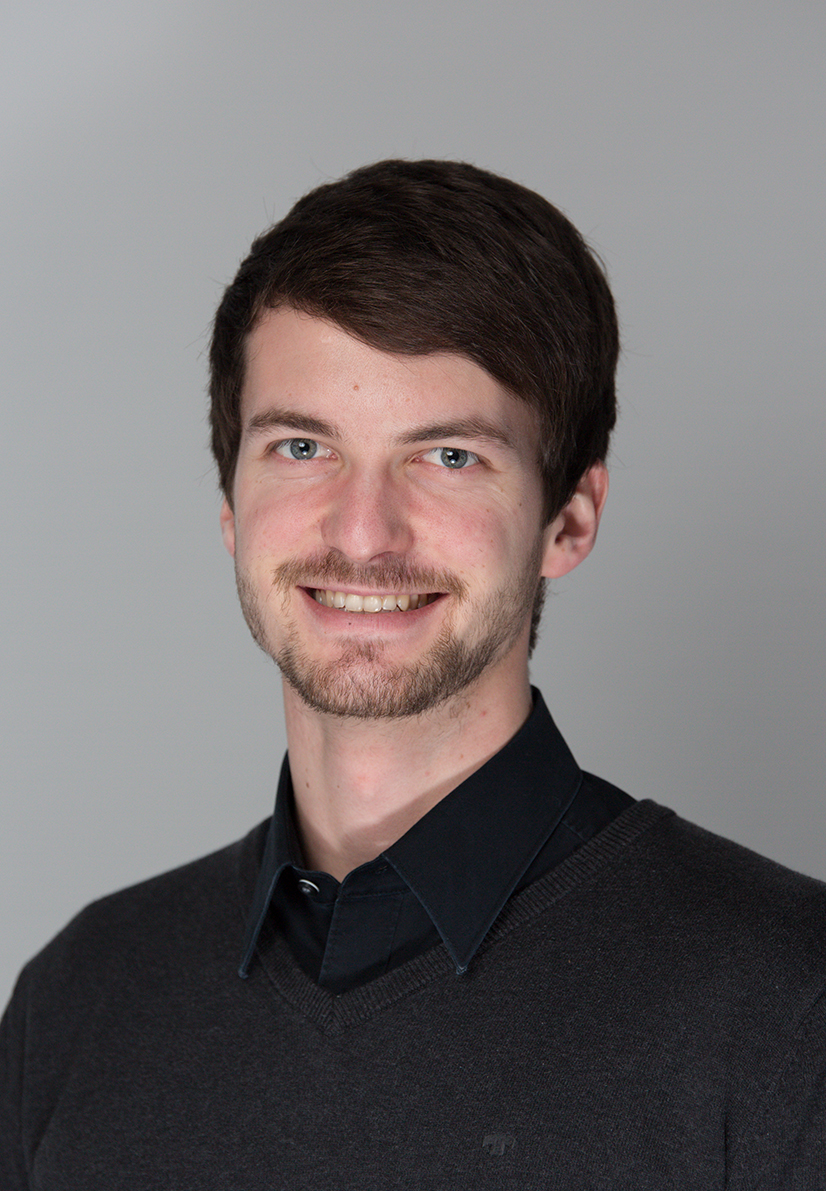3D printing technologies require all-round support and broad-based knowledge
Although 3D printing has been becoming more and more important as an element of additive manufacturing in recent years, there are still a number of knowledge gaps regarding how best to deal with the technology and where and when to use it. A partnership project between the Steinbeis Consulting Center IMPAS (Institute for Material Applications & 3D Printing Solutions), and Apium Additive Technologies at the Steinbeis House in Karlsruhe has demonstrated how to plug such knowledge gaps thanks to intercompany transfer.
3D printing has developed from rudimentary uses in the home, such as producing simple models and key fobs, to a technology to be reckoned with, offering all the potential to disrupt industries. Until now, seven different possibilities and technologies have been identified for objects to be printed using additive manufacturing. In technical terms, additive manufacturing involves adding material to a blank surface and gradually building up a component. This compares to conventional subtractive techniques such as milling, which first requires a semi-finished part in order to remove material until the required object has been produced. This already highlights the benefits of 3D printing technology and additive manufacturing: it saves time and costs, because material is basically only used if it ends up in the component.
All 3D printing technologies require different types of tools that come together in the 3D printing device. The main differences between 3D printers lie in tolerances, precision, and material compatibility. People new to the world of 3D printing therefore face a whole host of possible options and different decisions that need to be made. What will the right technology or tool be? For someone new to 3D printing, certain things are not easy to work out without the right support. With so many different options out there, a variety of factors influence the right choice. One fairly straightforward approach is to start by identifying what the 3D-printed object will be needed for in the first place and which area of additive manufacturing you are dealing with. To do this, it makes sense to take a close look at the sector of industry – automotive, aerospace, electronics, medicine, oil and gas, or perhaps simply research and development. This makes it possible to whittle options down depending on the overall circumstances of the respective industry. There may be certain conditions dictating which materials may or may not be used, especially in areas where safety is important or in medical fields. Sometimes there are requirements regarding precision, tolerances, and mechanical features.
As a result, one of the best ways forward is to look at the specific application, because in such instances the overriding conditions are typically a given. That said, it should not be forgotten that 3D printing is subject to different requirements relating to component design compared to areas such as CNC milling or injection molding. This should not be a discouragement to people, however. If you’re a beginner in 3D printing, it is at this point that it’s helpful to bring on board experts experienced in the field of additive manufacturing. They will have an overview of the sometimes cluttered market. This is why the Steinbeis Consulting Center IMAPS has set itself the goal of offering customers comprehensive advice on additive manufacturing and 3D printing technology. Its services range from support with concrete projects to identifying applications, basic training, customized courses, implementation services, the optimization of 3D printing tools, and integrating tools into workflows. The Steinbeis Enterprise is based in the technology zone in Karlsruhe and it works on solutions for its clients with a variety of experts from industry and research. Its services make it easier for new entrants to the world of 3D printing to gain a foothold; for advanced users, they offer an opportunity to achieve optimum performance.

Result of the case study
IMAPS was originally set up as a consulting unit under Apium Additive Technologies, a pioneer in 3D printing using high-performance polymers such as polyether ether ketone (PEEK). From the beginning, it became clear that comprehensive advisory services were needed for all kinds of technology and as a result, the services offered by the Steinbeis Enterprise continued to expand. Apium is still a strong partner to IMAPS, primarily because know-how transfer also plays an essential part in its work. One particular example of successful knowledge and technology transfer between the two enterprises comes from a case study – a 3D printing consulting project involving mold inserts. The aim of the project was to optimize the time and cost of producing mold inserts with the support of Apium technology. This is a crucial issue in the field of injection molding, which is driven by cost and price factors.
The results of the project showed that Apium’s P Series and the Apium P220, a high-performance 3D polymer printer used in additive melting layer processes, made it possible to process polymers like PEEK or composite materials reinforced with materials such as carbon fiber. Using 3D printing and Apium’s P220 device with carbon fiber-reinforced PEEK (Apium CFR PEEK) allowed the cost of injection molding inserts to be reduced by 70%. The time required for the process was also reduced by one third compared to the time needed for conventional production.
Contact
 Tony Tran-Mai is director of the Steinbeis Consulting Center IMAPS Institute for Material Applications & 3D Printing Solutions. The services of the Steinbeis Enterprise range from application consulting on additive manufacturing processes to the selection of suitable 3D printing systems and materials for individual component developments, the planning of launch strategies in existing business companies, seminars, training sessions, and additive production workshops.
Tony Tran-Mai is director of the Steinbeis Consulting Center IMAPS Institute for Material Applications & 3D Printing Solutions. The services of the Steinbeis Enterprise range from application consulting on additive manufacturing processes to the selection of suitable 3D printing systems and materials for individual component developments, the planning of launch strategies in existing business companies, seminars, training sessions, and additive production workshops.

Pinar Karakas

Tobias Grub

Philipp Renner
Pinar Karakas, Tobias Grub and Philipp Renner work at Apium Additive Technologies GmbH. The company provides its customers with products and solutions for processing high-performance polymers using a 3D printing technique called fused filament fabrication.

